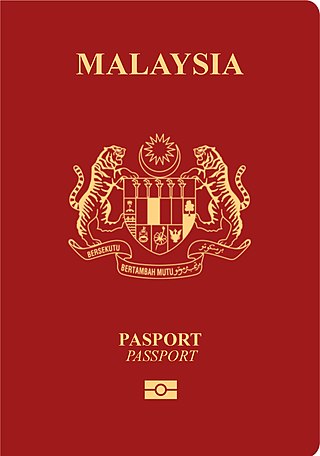International comparisons
Australia's departure tax is one of the highest in the world. Few jurisdictions levy taxes on departing international passengers, although some charge airport fees to cover the cost of provision of government agency services at the frontiers. In 2013 Australia was ranked 130 out of 140 countries for its relative cost of ticket taxes and airport charges in the World Economic Forum's Travel and Tourism Competitiveness Report. [11]
As of May 2013, only Fiji's Airport Departure Tax, at F$150 (approximately US$85) and the three long-haul rates of the UK's Air Passenger Duty reduced rate at £67-£94 (or approximately US$105–143) for travel in lowest class or standard rate at £134-£188 (or approximately US$210–286) are higher departure taxes than Australia's. [12]
Ghana's Airport Passenger Service Charge, at GH₵200 (approximately US$100) has been reclassified as a charge, not a tax, after the government announced in March 2013 the charge would be 100% hypothecated towards funding airport infrastructure. [13]
The New Zealand government recoiled from a plan to follow Australia in imposing a departure tax. Cabinet papers show the government planned to implement a NZ$35 border charge in its May 2013 budget, but withdrew from the plan after the country’s Economic Development Ministry found the tax would have run counter to New Zealand’s tourism promotion efforts. [14] This was particularly true of travel from Australia, the ministry's modelling found.
OECD
The PMC is the second highest departure tax among the members of the Organisation for Economic Co-operation and Development (OECD) after the United Kingdom Air Passenger Duty's long haul rates (see table). For travel of less than 3,200 km the PMC is the highest in the OECD. [15]
| Country | Tax | Rate (short haul) | Rate (long haul) [15] |
|---|---|---|---|
| Air Passenger Duty economy class | Band A (0–3220 km) reduced rate at £13 (US$20.10) for travel in lowest class or standard rate at £26 (US$40.30) | Band D (>8000 km) reduced rate at £94 (US$145.50) for travel in lowest class or standard rate at £188 (US$291) | |
| Passenger Movement Charge | A$60 (US$47.70) | A$60 (US$47.70) | |
| Luftverkehrsteuergesetz | Band A countries €12.88 (US$13.64) | Band B countries €32.62 (US$34.54); All other countries €58.73 (US$62.19) | |
| Flugabgabegesetz | Band A countries €8 (US$8.80) | All other countries €35 (US$38.50) | |
| Derecho de No Inmigrante | Mex$294 (US$19.30) | Mex$294 (US$19.30) |
IATA
The International Air Transport Association (IATA) classifies the PMC a departure tax, rather than an airport charge, because its revenue does not directly contribute to passenger processing at airports or sea ports.
In June 2013, IATA released an economic briefing showing the damage the PMC does to the Australian economy. Its analysis showed that by abolishing the A$55 charge, it would result in a 3.5% drop in average ticket price on airfares to Australia, which would result in an increase of 2.5% in international passenger traffic to Australia (based on an elasticity of demand of 0.7). [3] It estimated the additional benefit the additional visitors would contribute to the Australian economy as A$1.7 billion. This would result in a net benefit to the Australian Treasury even accounting for revenue loss.












